Towards the end of the season last year Marc Heath and I arranged a trip this June to visit Whixall Moss in Shropshire, a site with a healthy population of one of the UK’s rarest species, the White-faced Darter.
The advantage of Whixall Moss is you are more or less free to enjoy them at your leisure without the time and other restrictions offered by the organized trip to Chartley. However sourcing reliable information can be tricky, with a few individuals prepared to send you on a wild goose chase.
Not this time though; we’d done our research. Armed with this knowledge we didn’t waste any time sourcing the key pond with maximum enjoyment. It was certainly a sight to behold, and once the sun had finally broken through the low cloud the pool came to life spectacularly.
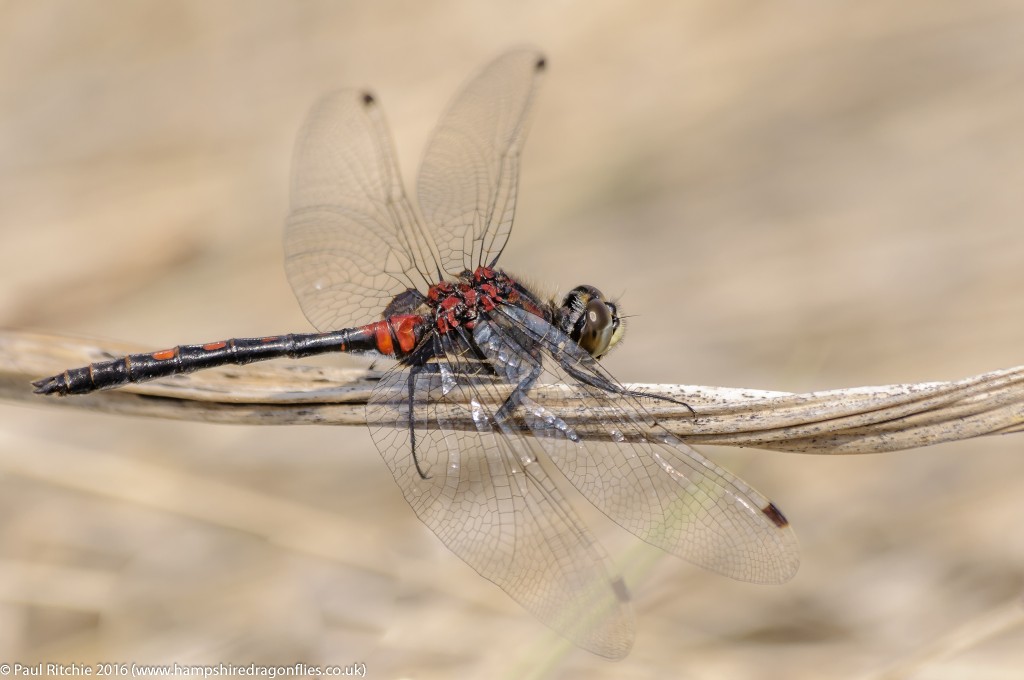
At least two dozen males, half-a-dozen females and several pairings they certainly offered us a choice of opportunities, even if most of them were frustratingly at ground level or facing in the wrong direction.

We couldn’t have wished for better weather with temperatures easily in the mid-twenties, which made me question the climate-change excuse for their rarity. If they can survive – indeed thoroughly enjoy – such hot and dry conditions I see no reason why they cannot be reintroduced to the south. The New Forest and surrounds in particular have more than enough ideal conditions for them to thrive.
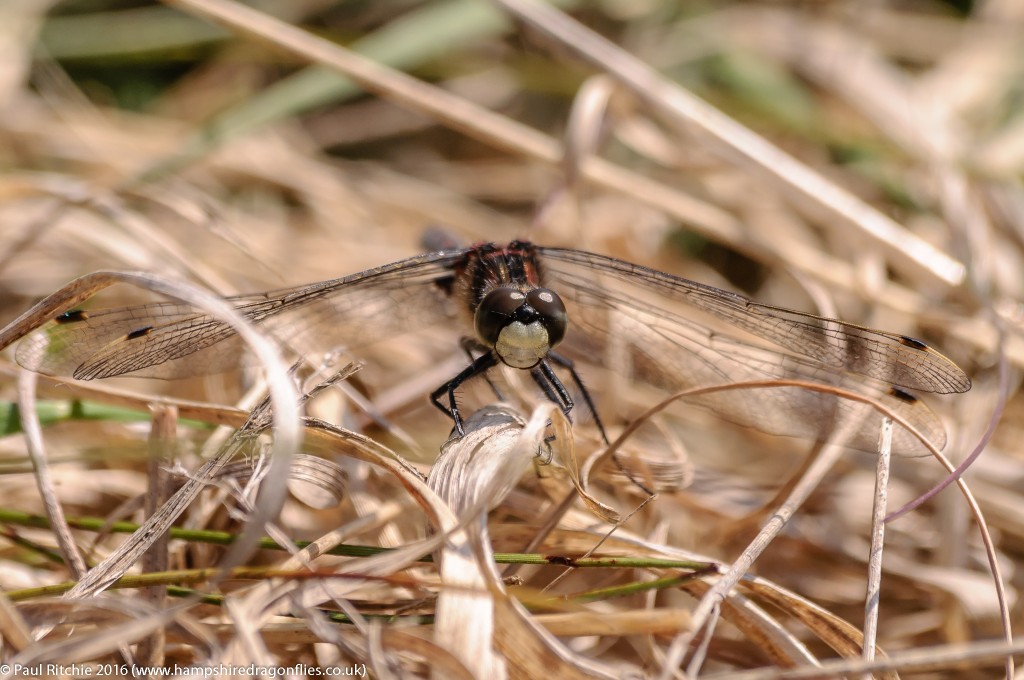
After the White-faced Darters the most prevalent species was the Four-spotted Chaser, who the former had no trouble standing up to. A lone Emperor was seen patrolling the paths briefly, but otherwise the only other species present were Azure and Large Red, although we did have a lone Blue-tailed on the way out.
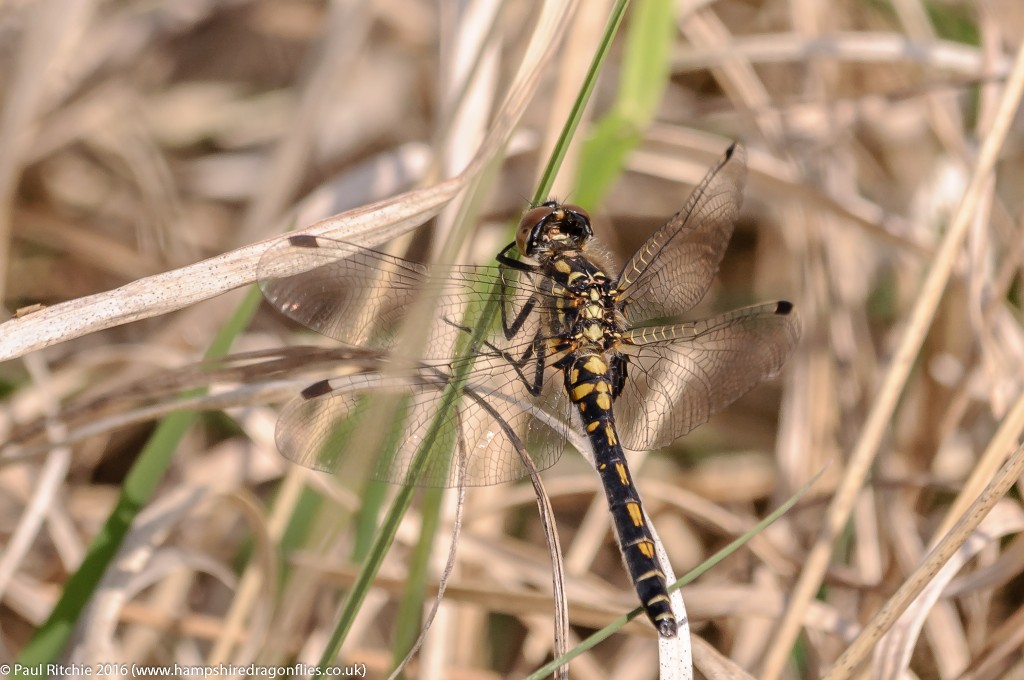
It’s difficult to believe that six hours can pass so swiftly, and by 4.00pm we were all feeling a little flagged and with a long drive home we reluctantly called it a day. We witnessed about as much as you could possibly expect for a single species with fabulous over-water activity, battles and pairings.
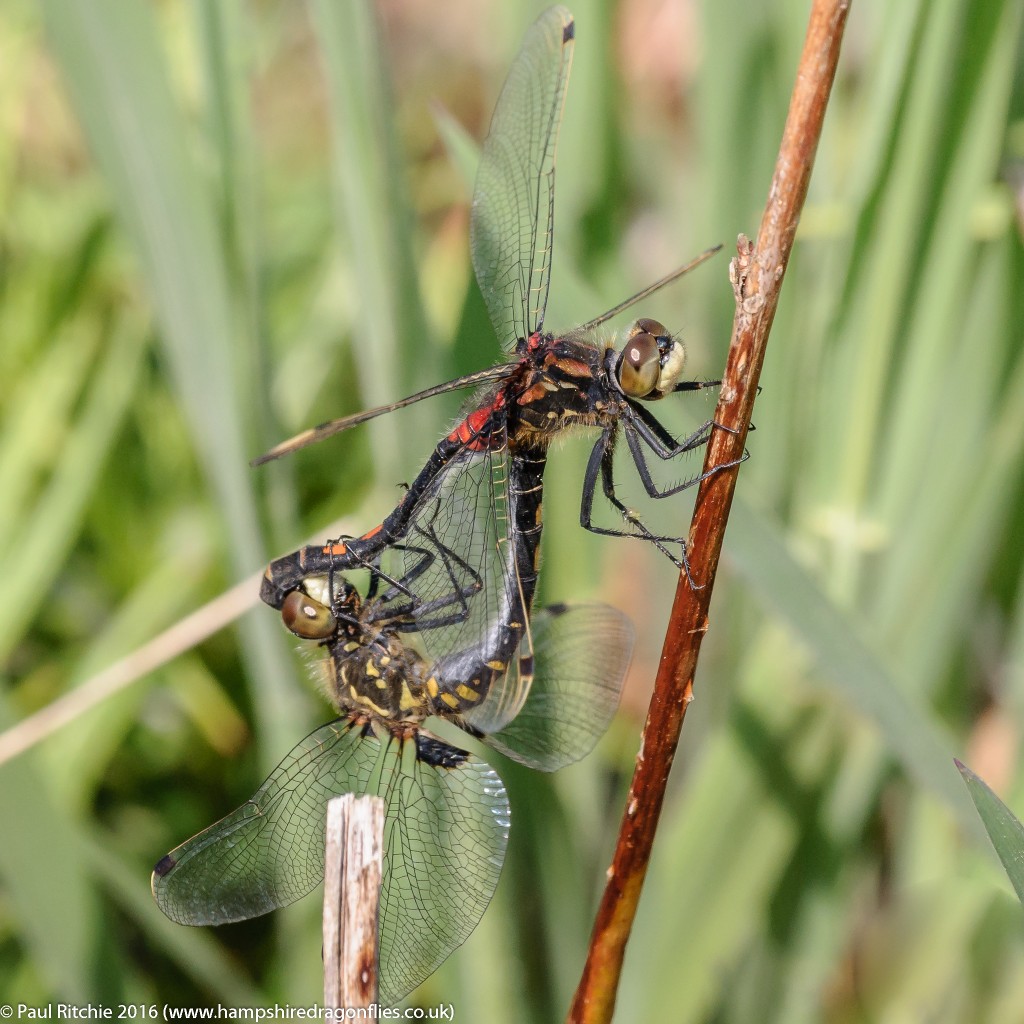
Emergences were still going on late in the afternoon and, contrary to popular belief, this isn’t unusual in Darters, Skimmers and Chasers.
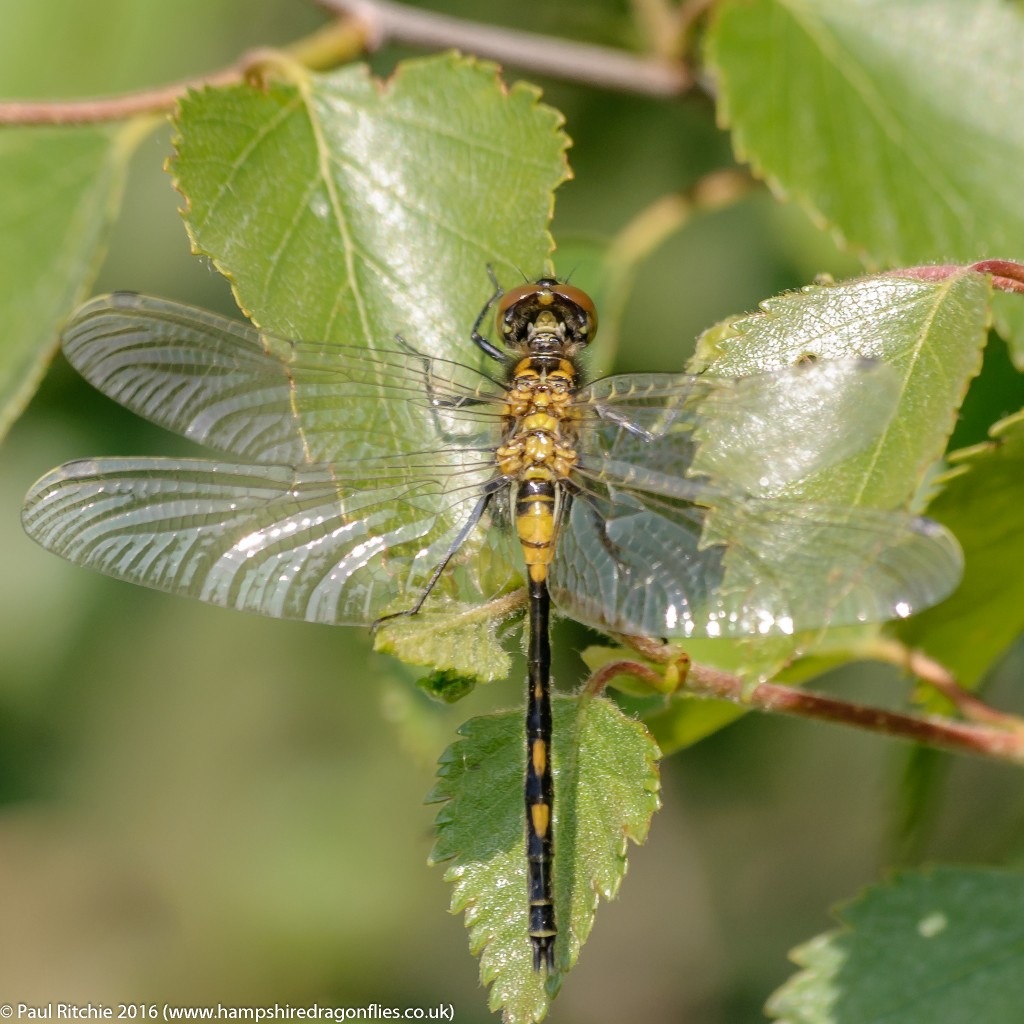
I finished a tiring yet fulfilling day with a classic ‘stick’ shot, albeit against the sun.
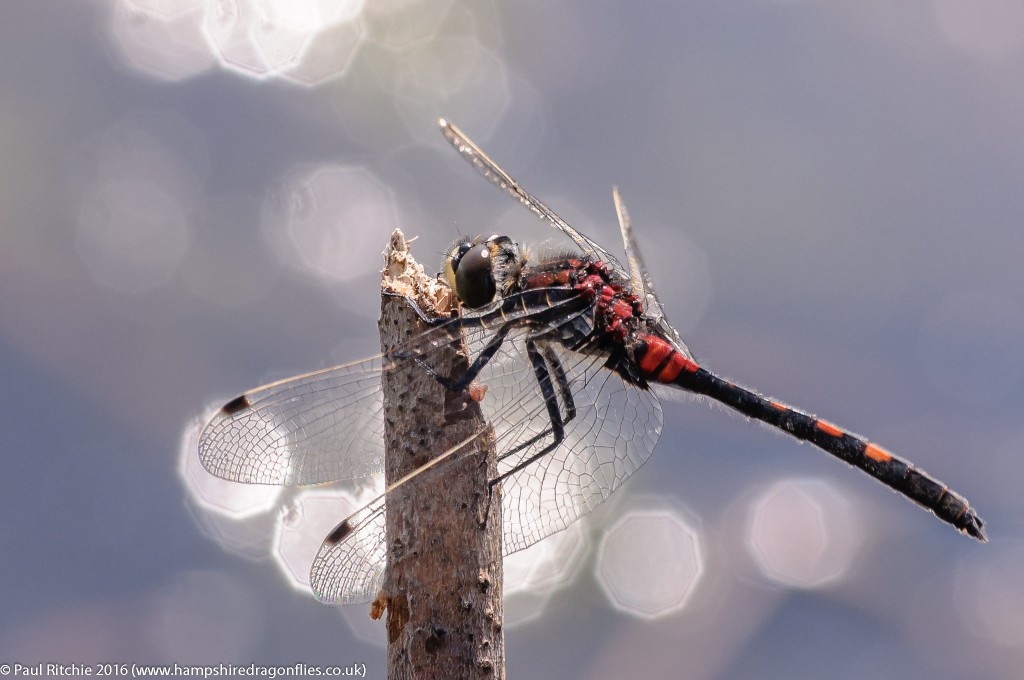
There are several projects underway to reintroduce this charming species to other sites. They have already been successfully introduced to South Cumbria and the Delamere Forest and as I write I hear about the possibility of Crowle Moor in N. Lincs.
Thursley Common will probably be in line as this previously held a population, and I for one hope the New Forest and West Dorset are considered. A long drive to be sure, but with good company and plenty of action it was well worth it.
